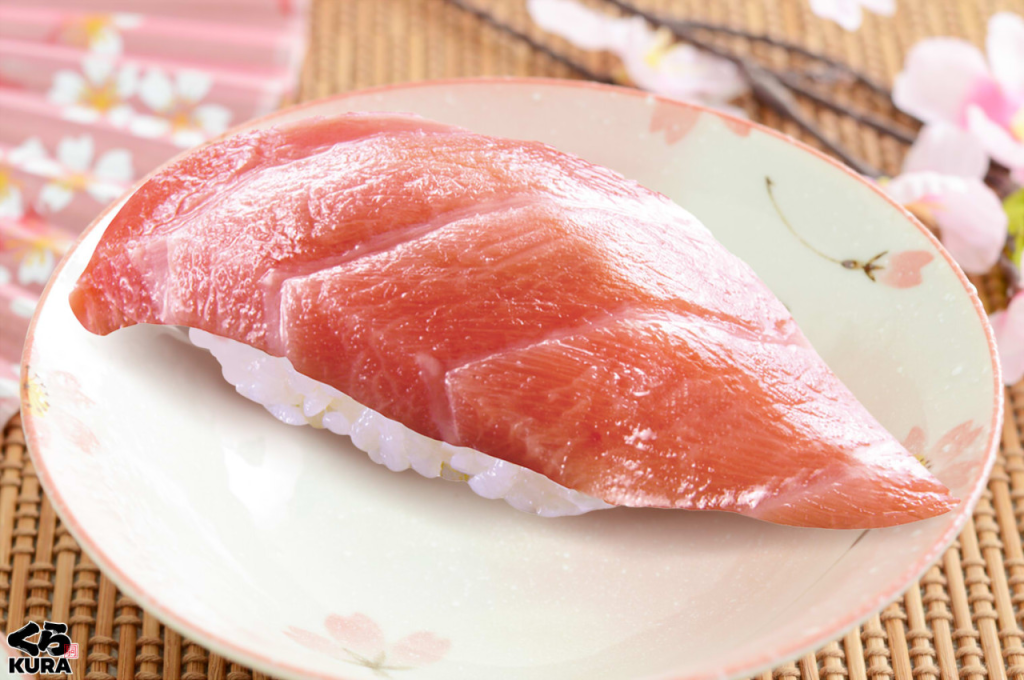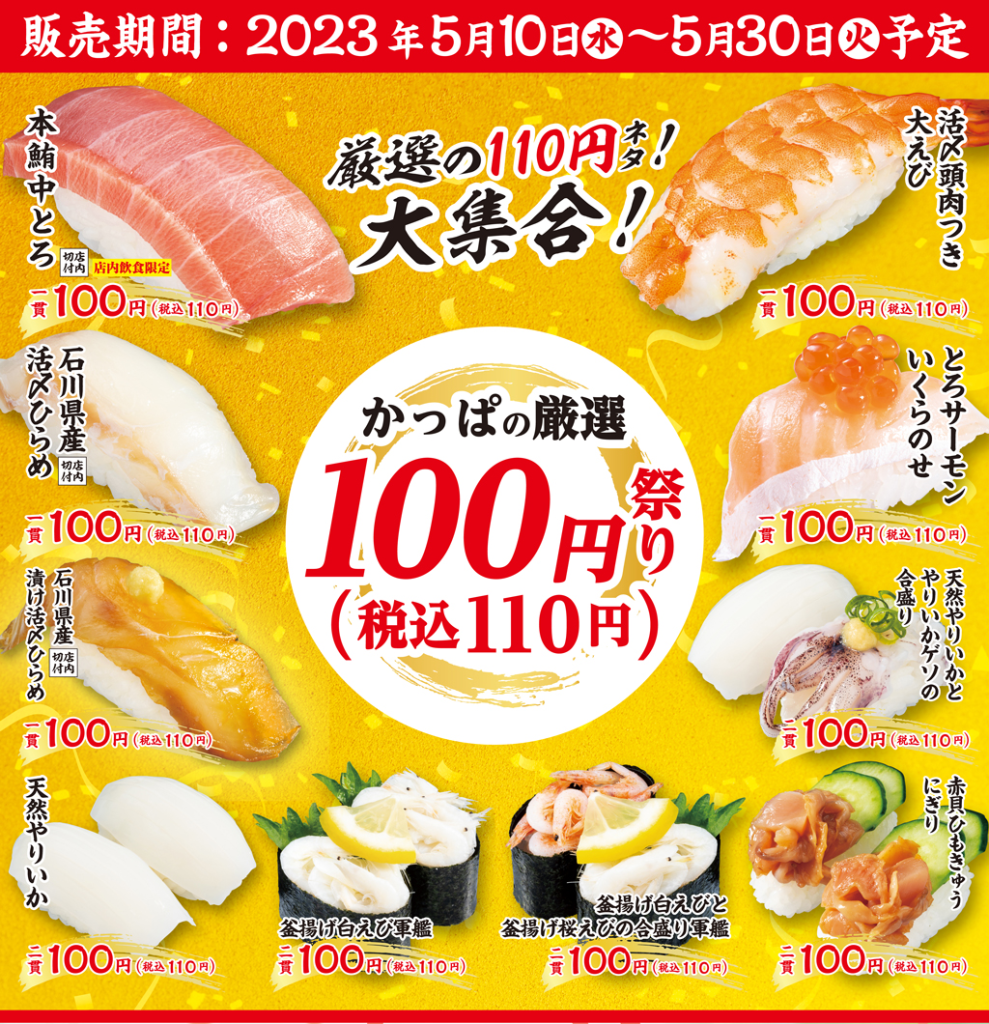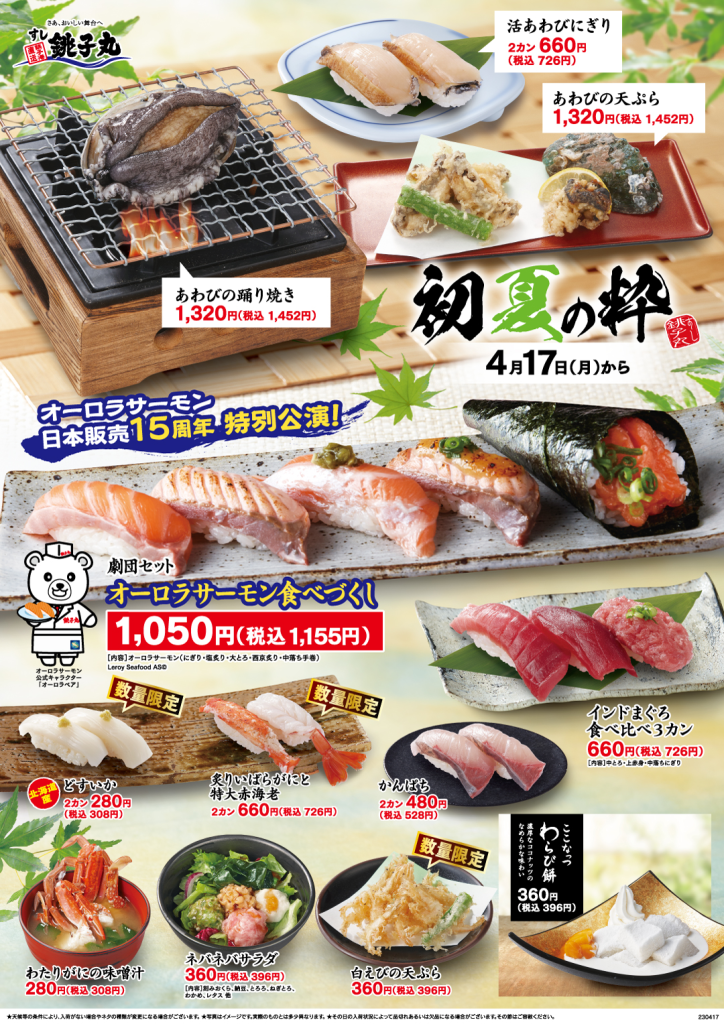8 Most Popular Conveyor Belt Sushi Restaurants in Japan
Conveyor belt sushi, known as kaiten zushi in Japanese, offers affordable and convenient sushi dining for both locals and visitors. A recent survey by a popular Japanese magazine ranked the top 8 chains by popularity and satisfaction – find out who came out on top and what makes each restaurant special.
1. Kura Sushi – The Champion

With over 500 locations across Japan, Kura Sushi tops the list by focusing on creativity, value and fun through monthly special rolls, prizes and seasonal tasting menus. Diners can access special offers in their app, earn rewards through games and recycling programs, or enjoy flagship restaurant features like conveyor table seating. Their signature tuna rice bowl captures the Kura spirit of innovation anchored in excellence.
2. Sushiro – The Silver Medalist

Already popular abroad, Sushiro takes second place by emphasizing consistency and variety across an ever-changing, expansive menu. With new specials featured monthly alongside classic nigiri and rolls, Sushiro draws regulars eager to try seasonal limited offerings like Hokkaido salmon with seared negitoro. Their technology enables easy mobile reservations while retaining friendly service when enjoying their famed shrimp tempura roll.
3. Hama Sushi – The Bronze

Part of the beloved beef bowl chain Sukiya, Hama Sushi clinches third by putting value first without sacrificing hospitality or taste. Most seafood and vegetarian options ring up at just $1.10 while premium choices like wagyu beef nigiri remain budget-friendly. Hama also produces creative dessert and side options, culminating in an accessible sushi experience enlivened by warm welcomes.
4. Uobei Sushi – The Upstart

Though only founded in 2014, Uobei wins women over with consistent excellence across metrics like taste, price and speed. Offering conveyor belt plates from $1 alongside monthly specials and value sets, Uobei manages to incorporate adventurous flavors like lemon shrimp while emphasizing tradition including seasonal seaweed. Their simple focus helps each location feel at once relaxed yet vibrant.
5. Kappa Sushi – The Traditionalist

Named after the mythical river imp, Kappa Sushi delights visitors with old-world charm and subtle whimsy. Most selections hover around $1.10 while specials like sea urchin or horse mackerel dip closer to $3, accented by playful anime decor. Their conveyor system enables quick bites without compromising hospitality or dedication to regional traditions.
6. Zuszumaru Sushi – The Showstopper

Famous for riveting breakdown demonstrations when ships arrive at nearby Chiba ports, Zuszumaru provides an immersive, theatrical experience alongside sublimely fresh seafood. Seasonal specials like buri yellowtail or salmon roe reflect catches from that morning, framed by lightly seared tuna, sweet shrimp and other signatures invented by Zuszumaru chefs. Their flair for innovation reinvents sushi as a celebratory, inspiring art form.
7. Gatten Sushi- The Pioneer

After launching Japan’s first conveyor belt sushi chain in 1958, Gatten keeps earning accolades for creative constraints by sourcing only peak ingredients from trusted Tokyo markets. Their signatures like baked crab sticks or five-tier Chirashi sushi plates offer bright notes in an umami-rich meal, supplemented by weekly specials and whiskey options. Gatten’s focus and care makes enjoying 15 pieces feel like a culinary journey.
8. Misakikou Sushi – The Iron Chef

Backed by one of Hokkaido’s largest fishing enterprises, Misakikou brings luxury conveyor experiences to smaller towns and suburbs at accessible price points. Their rotating selection includes salmon roe, Yellowtail amberjack and other seasonal favorites shipped directly from their acclaimed partners, supplemented by original creations like a strawberry shrimp roll. By merging high standards with creative inspiration, Misakikou makes any night out feel celebratory.